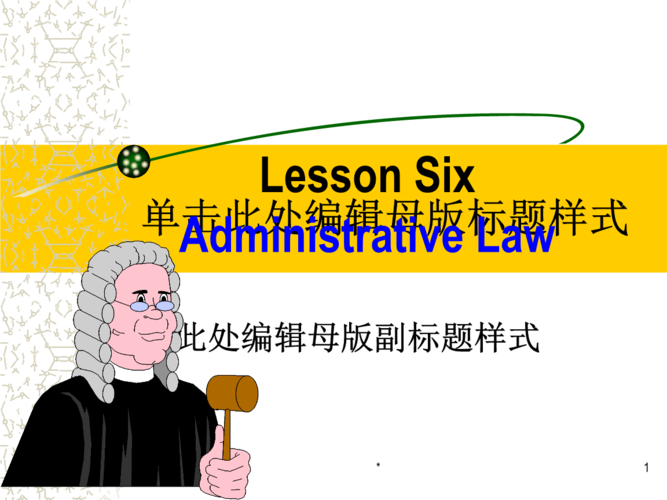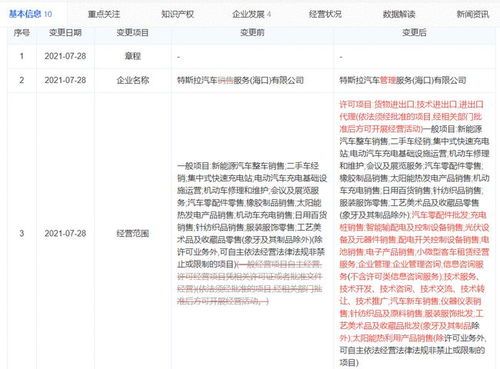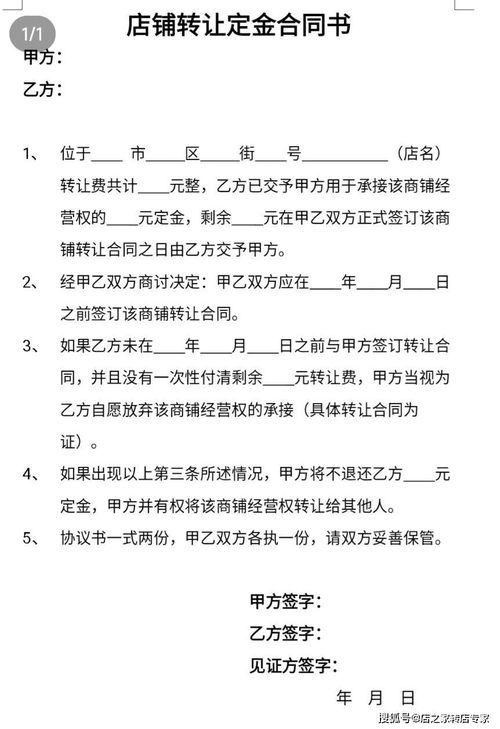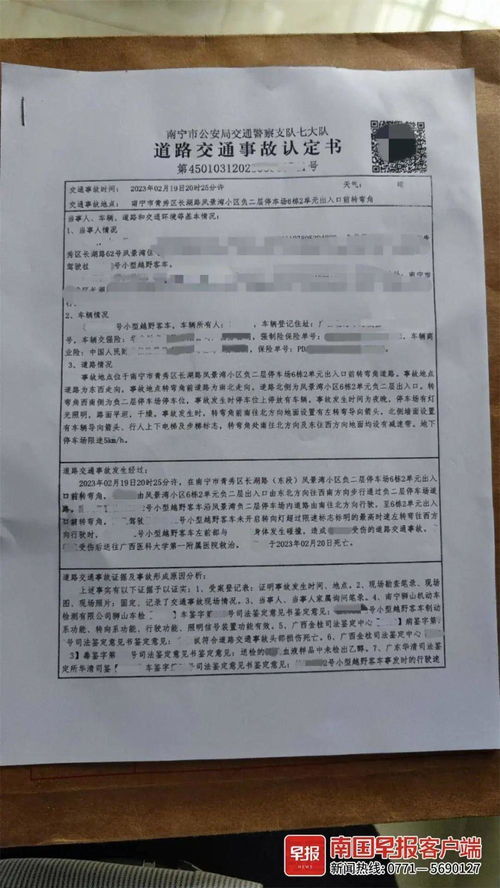法律英语ppt课件
Understanding Legal English for PPT Presentations
内容:
Introduction:
Legal English is a specialized form of English language used in the legal profession and is essential for effective communication within the field. Creating a PowerPoint presentation (PPT) in legal contexts requires a deep understanding of legal terminology and proper usage. This article aims to provide a comprehensive guide on using Legal English in PPT presentations.
1. Choosing Appropriate Legal Terminology:
When creating a legal English PPT, it is crucial to use accurate and concise legal terminology. Avoid unnecessary jargon or complex legal terms that may confuse your audience. Instead, focus on using terms that are commonly understood within the legal community.
2. Structure and Organization:
A wellstructured and organized PPT presentation is crucial to conveying your message effectively. Consider the following tips:
a) Use headings and subheadings: Clearly label each section to guide your audience and help them follow the presentation.
b) Chronological order: Present your information in a logical sequence, ensuring that your points flow smoothly from one to another.

c) Utilize bullet points: Use bullet points to highlight key information and to make it easier for your audience to grasp the main points.
d) Visual aids: Incorporate appropriate images or diagrams to enhance understanding and engagement.
3. Using Case Studies and Examples:
Including relevant case studies and examples in your PPT can help illustrate legal concepts and provide reallife context. Consider using anonymized case studies or examples that will resonate with your audience and reinforce your key points.
4. Clarity and Conciseness:
In legal English presentations, it is essential to communicate your ideas clearly and concisely. Avoid lengthy sentences or excessive use of legal jargon. Keep your language simple and direct, ensuring that your audience understands the intended message.
5. Incorporating Visuals:
Visual aids are essential in a legal English PPT, as they help break down complex concepts and make the information more accessible. Consider using graphs, charts, or timelines to present data, compare legal arguments, or demonstrate the procedural steps of a legal process.
6. Citing and Referencing:
In legal presentations, it is crucial to cite and reference all external sources properly. Include a reference slide at the end of your presentation, listing all the legal authorities or sources you have used. Additionally, ensure that any quotations or legal precedents are properly attributed.
7. Practice and Delivery:
Lastly, practice your presentation before delivering it. Familiarize yourself with the content, time yourself, and ensure a smooth and confident delivery. Pay attention to your pace, clarity, and body language to engage your audience effectively.
Conclusion:
Creating a legal English PPT requires a strong understanding of legal terminology, concise communication, and effective visual presentation. By carefully structuring your presentation, using clear and concise language, incorporating visual aids, and practicing your delivery, you can create a powerful and informative presentation that effectively conveys your legal message.











